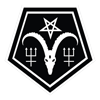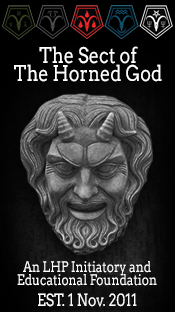Shadow Integration and Psychological Wholeness
by Mariam Gergis (Shayṭānata, شيطانة)
One of the most significant contributions of Left-Hand Path ritual practice lies in its approach to psychological integration, particularly the conscious engagement with what Carl Jung termed the “shadow”—those aspects of personality that individuals typically repress or deny. Mainstream religious traditions often encourage the suppression of qualities such as anger, sexual desire, pride, and aggression, viewing these as obstacles to spiritual development. Left-hand path rituals take the opposite approach, providing structured contexts for the conscious expression and integration of these shadow aspects. This process of shadow integration serves several critical psychological functions.
First, it prevents the unconscious projection of disowned qualities onto others, reducing the tendency to demonize those who embody characteristics we refuse to acknowledge in ourselves.
Second, it allows for consciously channeling powerful emotional energies that might otherwise manifest in destructive or compulsive behaviors.
Third, it promotes psychological authenticity by encouraging individuals to acknowledge and accept all aspects of their nature. Modern psychotherapy has begun recognizing the value of approaches that work constructively with shadow material rather than attempting to eliminate it. Techniques such as Gestalt therapy’s “empty chair” work, psychodrama, and certain forms of cognitive-behavioral therapy share essential similarities with Left-Hand Path ritual practices in their willingness to engage directly with uncomfortable psychological material.
The Orders of The Sect of the Horned God






